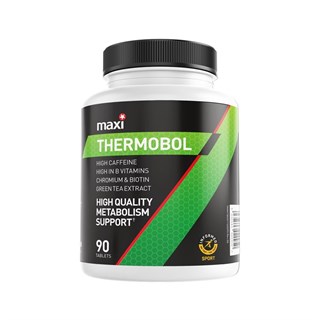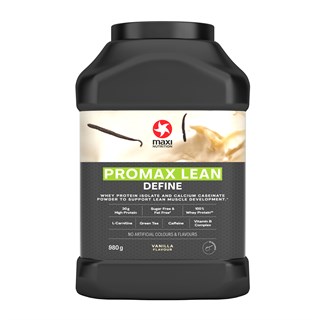Here’s why Muscle Confusion Does Not Mean Muscle Growth
The idea behind muscle confusion is that you constantly "shock" your muscles with different exercises and routines.
By switching things up on a regular basis, your muscles are so confused they have no option but to grow and grow quickly...that's the theory anyway.
The only problem with the concept of muscle confusion is that it doesn't work in the real world anything like as well as it does on paper.
Every week you read about something new and think that you've found "the secret" to building huge amounts of muscle in the shortest time possible. So you switch over to a completely new training programme.
Then a few months later you read about something that sounds even better. So you ditch what you were doing and try this one instead.
Then one day you wake up and realise that 12 months has passed, you've hardly gained any muscle and you're still using the same weights you were lifting this time last year.
Constantly changing exercises might leave you in a constant state of soreness. But it won't automatically "shock" a muscle into growth.
If you're the sort who gets easily bored, then changing your workout can help to keep you interested, which is a benefit in itself.
But it's a mistake to do something completely different every time you walk into the gym, or to keep hopping from one routine to the next simply because it happens to be the latest trend.
Too many guys get lost in the minor details of their workouts while completely neglecting the one thing that really matters when it comes to muscle growth – progressively increasing the weights that you lift.
What's the solution?
So let's assume that you want to get stronger in some of the big lifts (e.g. deadlift, bench press, etc.). But you don't want to keep doing the same thing week after week.
Here's what I suggest you do:- Choose 3-4 "foundation" exercises. These are the compound movements that are responsible for the majority of your gains in size and strength. You might go with the bench press, squat, standing overhead press and deadlift.
- Choose 3 "pump and burn" exercises for each muscle group. With these exercises, you’ll be training in a way that makes your muscles feel like they're pumped up and on fire. Using chest as an example, you might go with the incline dumbbell press, the dumbbell flye and the cable crossover.
- . For the next 12 weeks, focus on getting stronger in your 3-4 foundation movements.
- Switch your "pump and burn" exercises either every week or every other week. You can also change the sets, reps and interset rest periods.
Here's an example of how your routine might look like. A is the foundation movement, while B is the pump and burn exercise. The weights are just there to illustrate how training volume (sets x reps x weight) for your foundation exercise goes up over time.
Example Routine
| A (foundation movement) | B (pump & burn exercise) | |
| Week 1 | Bench Press 3 sets x 8 repetitions with 90kg (3 x 8 x 90 = 2160kg) | Incline Dumbbell Press 4 sets x 10 repetitions |
| Week 2 | Bench Press 4 sets x 6 repetitions 100kg (4 x 6 x 100 = 2400kg) | Cable Crossover 3 sets x 15 repetitions |
| Week 3 | Bench Press 5 sets x 5 repetitions 110kg (5 x 5 x 110 = 2750kg) | Dumbbell Flyes 4 sets x 12 repetitions |
| Week 4 | Bench Press 3 sets x 8 repetitions with 92.5kg (3 x 8 x 92.5 = 2220kg) | Incline Dumbbell Press 4 sets x 10 repetitions |
| Week 5 | Bench Press 4 sets x 6 repetitions 102.5kg (4 x 6 x 102.5 = 2460kg) | Cable Crossover 3 sets x 15 repetitions |
| Week 6 | Bench Press 5 sets x 5 repetitions 112.5kg (5 x 5 x 112.5 = 2812.5kg) | Dumbbell Flyes 4 sets x 12 repetitions |
For 12 Weeks - Stick with this method of progression for 12 weeks and not only will this help increase your strength in all your compound lifts, you'll have added a fair amount of size too.


















